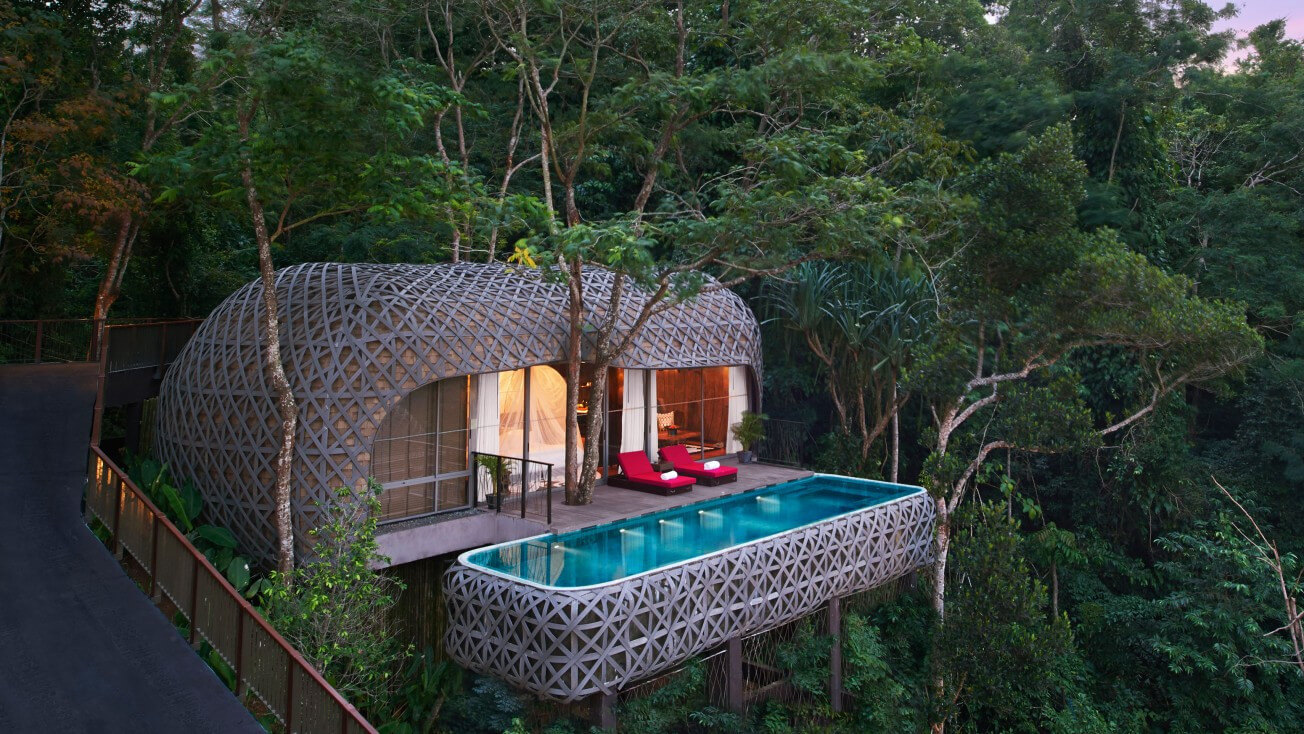There is no doubt that experiential hospitality is on the rise. Last night I was fortunate enough to be invited to a fantastic hotel party at Palm Jumeirah.
NB: This is an article from Juyo, one of our Expert Partners
It goes without saying that the environment was inspiring and also prompts us to think about what is important for an experiential hospitality property data and strategy-wise. Of course, not all hotels are experiential hotels.
Subscribe to our weekly newsletter and stay up to date
However, without any doubt, the experience today plays a paramount role and is a key differentiator. All hotels should think about this.
Often these kinds of experiential properties run occupancies in excess of 90%. So there is little optimization that can come from more volume. Where do we find levers to drive Revenue and Profit? Here are a few points that pop into mind.
In order to structure these points, we should use a framework called behavioral economics, and the theory that results from it is prospect theory.
Prospect theory states that:
People are risk-averse when considering gains, but… If they are in the loss domain, they will tend to take more risks. The fundamental difference with economic theory is the notion that people are consistent in their decision-making. But they are not. In other words, losing 100$ or gaining 100$ is not to be judged equally. This leads to a few key points:
- Customers construct frames of reference in their heads when making decisions.
- The goal is to ensure that frame of reference is “nudged.” In other words, establish an anchor.
- Move that frame of reference beyond price to something that can gain a competitive advantage ex. brand, design, amazing experience, etc…
- Last but not least, the above means that once customers have agreed to spend a certain amount of money, getting to pay more is easy. (They are already in the loss)
So what are some tangible touchpoints for implementation?
1. Share of wallet thinking. Have a mindset that you are competing with any other option in the world. Think outside the boundaries of the hotel walls and extend the customer journey, and lastly, develop revenue-enhancing touchpoints at every step of the journey.
2. Room types: Offering a variety of room types and packages tailored to different guest segments. There is a gold mine in room type optimization. Tracking accurately Room type upsells, upgrades, and booked vs sold room types is critical. In addition to that, one needs to measure room type occupancy and correlate it with demand patterns. Too many upgrades during an event is a recipe for leaving money on the table unless they are targeted towards known high spenders. Last but not least, position supplements as increments rather than the full rate for each room type.
3. Dining and entertainment: An experiential hotel has a diverse range of dining options and provides a variety of entertainment options, such as live shows, performances, and events. Measuring which customers spend time in which venues is critical. That will allow not only an understanding of profitability per customer but also any physical constraints that need to be put in. For instance, limit promotions on lower margin outlets depending on the demand patterns of customers for different high-profit outlets. Measuring Total Revenue per SqM2 will also add an extra dimension in decision-making from an asset management perspective. One extra point is ensuring that menus have some anchor price points or employ decoy pricing strategies. Dynamic pricing is also becoming more mainstream, particularly with digital menus.
4. Loyalty programs and promotions: Develop a robust loyalty program that rewards repeat guests, offering promotions and special offers to encourage more frequent visits and longer stays. This has a prerequisite of tracking total spend per customer. Find a way to have the customer identify him/herself.
5. Pricing… Super real-time and fully dynamic, nothing more, nothing less. Think about an event being announced and what impact it has on the booking curve. On the other hand, the previous price paid has a strong influence (As an anchor) on the price available. Factoring this in with personalized pricing can have a positive impact on lifetime value and total spend.
6. Distribution channels: Optimizing the use of various distribution channels, such as online travel agencies vs direct bookings, to maximize revenue and minimize acquisition costs. Net Revpar can be a strong leaver to optimize profit.
7. Continuously analyzing performance KPIs such as Total Revenue per customer, Profit per customer, and Lifetime Value in addition to the usual key performance indicators to identify trends, evaluate the effectiveness of revenue management strategies, and make sound data-driven decisions.
8. Investing in comprehensive staff training to ensure exceptional customer service, upselling, and smart operational efficiency in addition to fostering a culture of experiential hospitality. Last but not least, empowering staff to make decisions that improve the guest experience is key.







